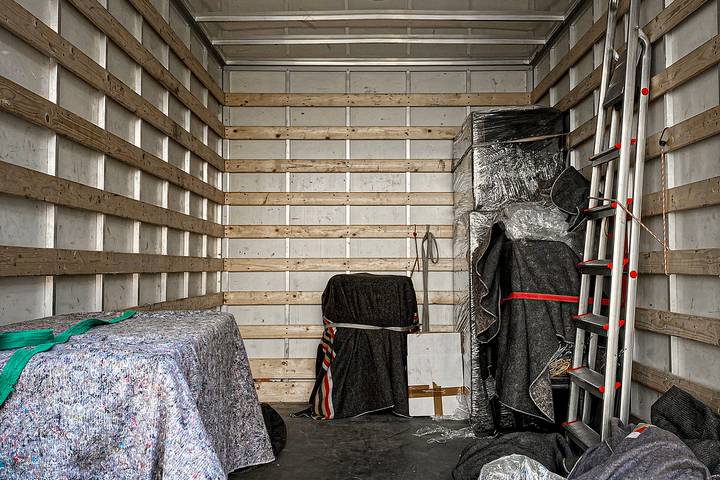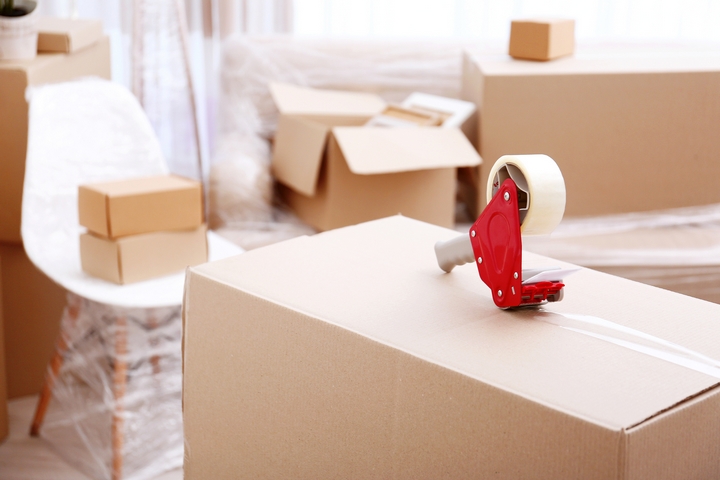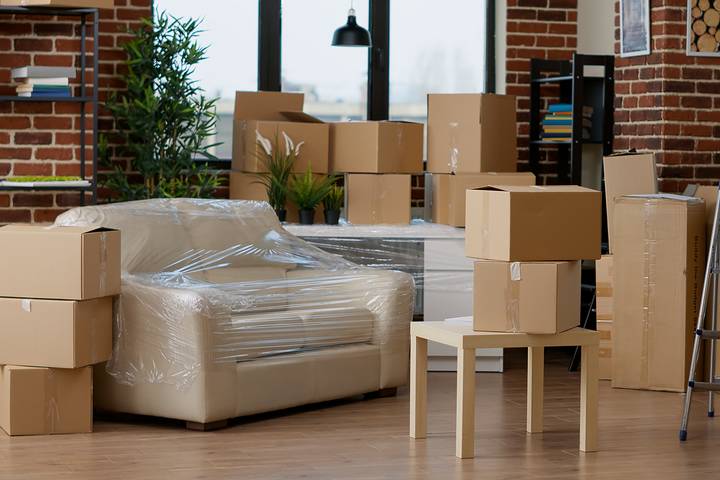Moving can be an exciting and stressful activity simultaneously, especially if you expect to cover a long distance when you imagine everything that must be done, from de-cluttering, cleaning, organizing, and packing. It’s understandable if you choose to maintain your current position forever.
Moving should be more enjoyable since it happens very few times in one’s lifetime. Thankfully, the below packing tips will positively take you through your next move. Above all, don’t be afraid to seek the services of moving companies, especially if you’re handling a large house with many furniture pieces.
But don’t worry; there’s no need to decline the call to move when there’s a complete guide on how to pack your furniture for moving.
1. Plan Your Moving

You can never go amiss with a comprehensive plan ahead of your moving day. Planning involves writing a to-do list before the moving date to save time. Your moving plan should incorporate the following:
- A well-drafted moving budget.
- An evaluation of different moving companies and settling for the best.
- Clearing your property’s pending bills and setting a particular date for moving.
- Organizing your next home early enough to avoid getting stranded in a new area.
Failing to plan is planning to fail. Besides saving you from last-minute rushes, a reliable moving plan can save you some finances that would otherwise be used to cover other expenses. You can draft a plan six to three months before moving to help you gather enough finances.
2. De-clutter and Dis-assemble Various Furniture

De-cluttering ahead of an upcoming move helps you estimate how much you have to handle and acquire the right packing materials. If you purchase the packing materials without de-cluttering, you might get more or less than the required sizes. After de-cluttering, you can dismantle the furniture to get clear guidance on what packing materials to purchase.
Dismantling simply involves separating complex furniture into smaller parts for easier packing and lifting. Some pieces that need to be disassembled include desks, tables, wall cabinets, sofas, and beds.
Capturing images of your furniture before disassembling gives you a clear picture of its original shape when putting the pieces together. This is also the right time to clean dusty surfaces on your furniture before packing.
3. Storage Containers for Moving

You can hardly talk about moving without touching on storage containers. The containers come in different shapes and sizes, offering you plenty of options when packing and storing your furniture for moving. Small-size storage containers are usually designed for domestic packing and storage and can be purchased or leased from local suppliers.
Commercial storage containers are the best option when you want to store excess furniture that you didn’t find enough space in the truck or wish to move at a future date. They are usually located in various town centres, allowing customers to store their belongings on a short or long-term basis at a stipulated fee.
Available in different locations, like storage London, these containers save you the hassle of navigating different locations with a huge load. Commercial storage containers are more convenient than filling up a moving truck to the brim.
4. Acquire Various Packing Materials

After de-cluttering and disassembling, you can purchase various packing materials depending on how much furniture you have to pack. Some suitable packing materials for furniture include sealing tapes, plastic wraps, bubble wraps for fragile pieces, boxes, markers, stretch wraps, cargo sheets, waterproof laminations, and anything else you might consider for your items. Ensure to work with an inventory to avoid forgetting some items.
5. Packing Furniture for Moving

The actual packing involves wrapping your furniture pieces with the above materials carefully for moving. You can use plastic wraps on standard furniture while you preserve burble wraps for more fragile pieces and edges.
For furniture with glass, it’s advisable to separate the glass surfaces from the rest of the furniture and pack them separately in mirror boxes. To maximize space during packing, you can stash some essentials in the drawers or the space left within the couches before wrapping.
As the term suggests, the sealing tape temporarily holds the wraps tightly for safety measures. Most importantly, don’t forget to secure sharp edges and corners with cloth or bubble wrap for more safety.
6. Loading the Furniture Into the Moving Truck

Packing furniture for moving doesn’t end at just packing but also incorporates moving them from the house to the moving truck. Moving packed furniture to the truck should be done strategically to achieve an even weight distribution for easier driving and space maximization.
For instance, you should keep the items standing (vertically), locating the heavy furniture next to the truck walls evenly on both sides. The centre space can be used for lightweight items and free movement when loading.
7. Packing Furniture for Moving

Packing furniture for moving can be frustrating, but without the right tips, you can be assured of a smooth and enjoyable process. To begin with, pack alongside a checklist to avoid forgetting something and invest in high-quality packing materials for more effective results.
Again, packing should not be done on a single day. Otherwise, you will become exhausted from managing other moving essentials. Instead, you can set one or two hours for three days to pack at a favourable pace.
Remember to label the storage boxes or containers for easier unloading and identification at your next destination. Regardless of how perfectly they fit, it would help if you didn’t pack auto batteries, paints, heating agents, chlorine granules, ammonia, and fire extinguishers alongside the furniture.

